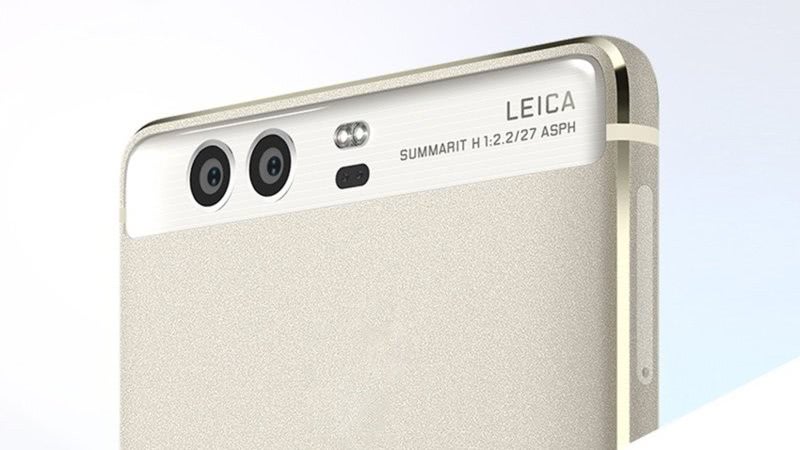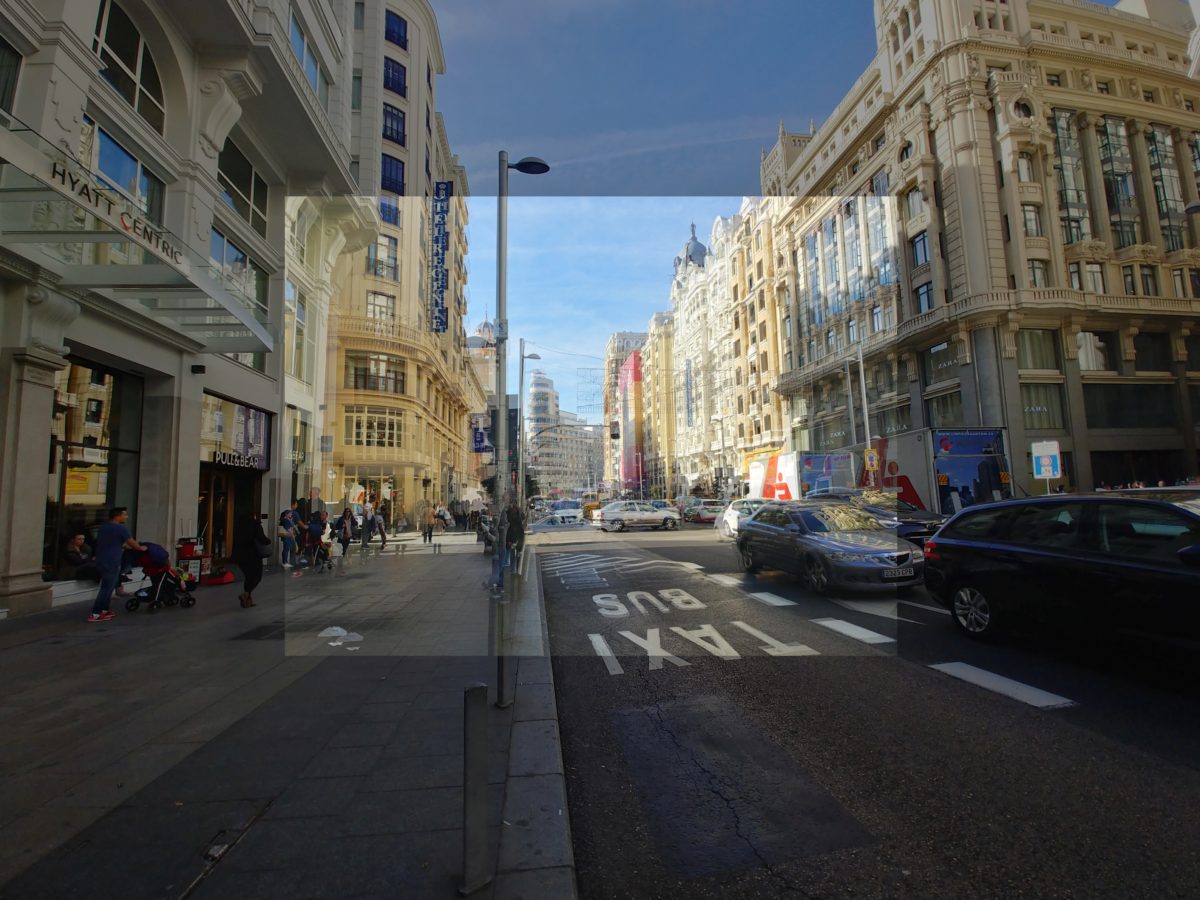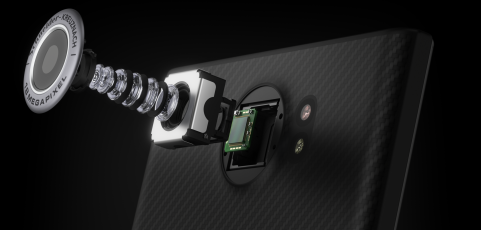
There are hundreds of mobile phones on the marker, with a clear tendency toward the use of dual cameras on the back to increase the functionality and versatility of the cameras. Again, each manufacturer opts to give its units dual cameras with a determined and different functionality.
The essential parameters that we will have to look for in a camera include both the hardware and the software. It’s important to have a high-quality camera and high-quality optics, but it is also important to have a camera application that allows us to use all of the photographic functions in an easy and flexible way.
In the optical area, the brightness is an important parameter. The more brightness we have, the more margin we will have to use the lowest possible ISO sensitivity. And maintaining the lowest possible ISO is a fundamental strategy for taking the best quality photos. The ISO can be controlled manually with the camera apps, which in the lowest-range units may not be available. In units starting at 300€ the camera’s manual mode is normally always present. At lower prices, it is best to make sure, with a higher probability that it will be present the higher the price.
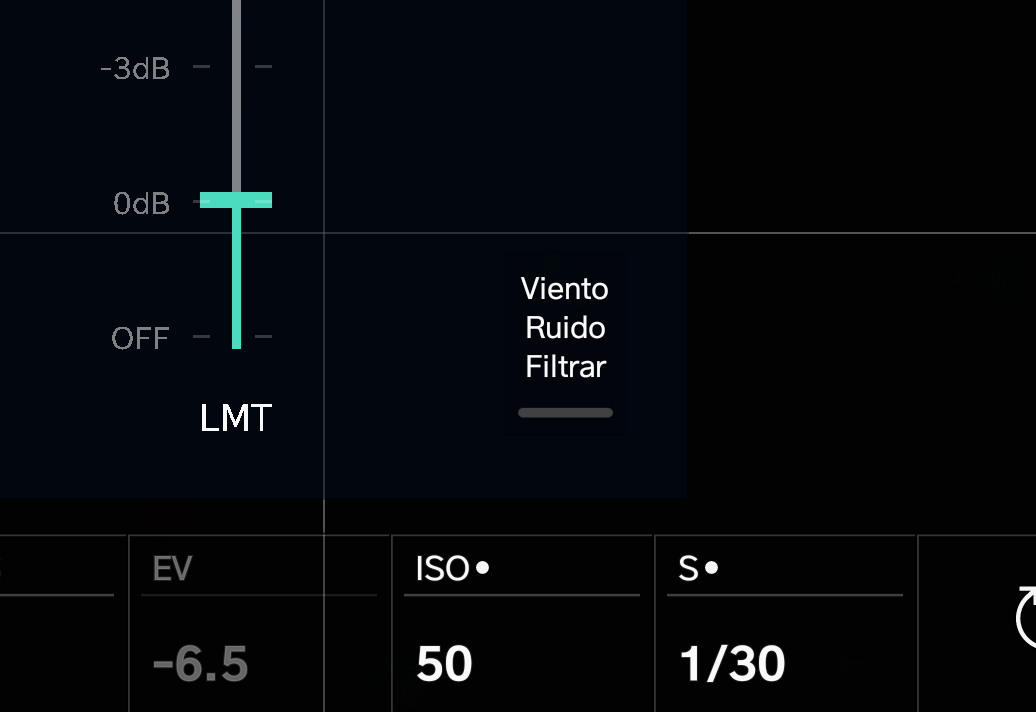
Optics are also one of the foundations of photographic cameras. Higher-end mobile phones are sometimes associated with recognized manufacturers from the world of photography to reinforce the photographic and multimedia identity of the units. So Huawei is associated with Leica and Nokia with Carl Zeiss, for example, reinforcing the photographic identity. In other cases, the association is related to the video as is the case with LG with its V30 and its compatibility with Dolby Vision and its HDR sensor.
Types of dual cameras
The tendency toward having dual cameras is clear. And many of this year’s phones, including in the middle range, include two cameras on the back. The function assigned to these cameras can be essentially of three types: to have a zoom (generally 2x), to create blurred background effects in portrait mode (combined or not combined with the zoom), to capture photos in more detail and in monochrome mode in the case of the Huawei and Honor, or to use a wide-angle like in the case of LG or ASUS.
Each mode has its pros and cons. The wide-angle mode is perfect for photos of architecture and landscapes, for group photos, or to record video of these scenes. The portrait mode achieves the blurred background effect associated with SLR cameras, though it does not stop being a digital trick (very well done at times, yes). The monochrome mode offers an artistic touch with a quality advantage of eliminating the sensor’s color filters, etc.
In some cases the second camera can be used at will, and in others we depend on the software, which will decide which one to use and how. That’s the case with the iPhone and its iPhone X or iPhone 8 Plus, in which the camera is used at times with 2x optical, and at others the conventional camera is used with digital zoom, depending on the light. And you will also find manufacturers like Sony that are still reluctant to integrate dual cameras. And of course it may be that you think you won’t use the dual camera and that there are excellent reasons to buy other units without the absence of a dual camera being any problem.
What we have to keep in mind to buy a phone with a better camera
In principle, speaking generically, we could give as a guideline for a generic choice that of prioritizing. If we bet on a dual camera, we will have to decide what type of dual camera we want: wide-angle, 2x zoom, portrait mode, monochrome or assisted digital processing to improve the clarity. Secondly, if we give priority to the dual camera, we will have to think of aspects like the brightness of the optics and the sensor. In the area of automatic focus the technology has improved a lot with the arrival of dual pixel sensors with focus by contrast and by difference of phase with PDAF.
Don’t forget the video recording functions and the creative possibilities of the dual camera when filming a movie. Also pay attention to the manual modes of using the camera and the assisted and creative modes. And also keep in mind the frontal camera, although in principle that shouldn’t determine the choice of a smartphone expect in very specific cases.
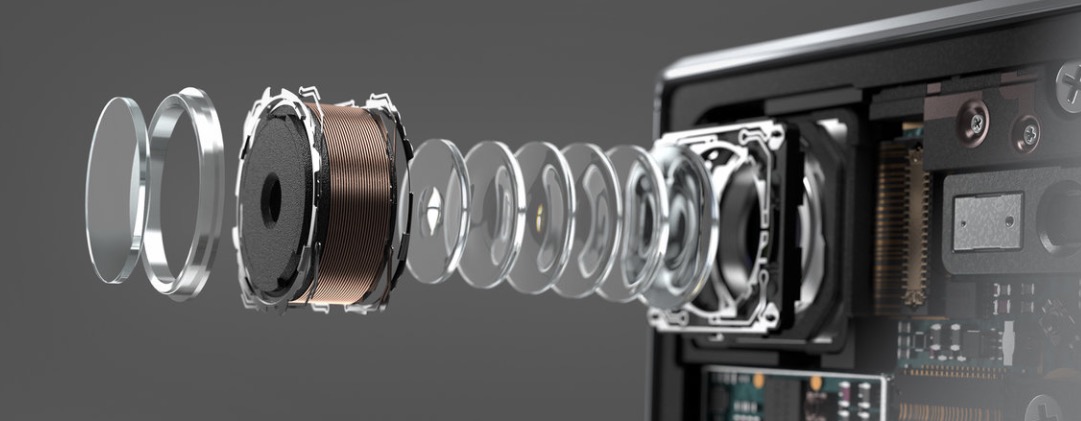
Samsung Galaxy Note 8
The Samsung Galaxy Note 8 is Samsung’s first dual-camera phone. It combines a 12 MP main camera and a 26 mm focal length (typical in a smartphone) with a 12 MP second camera and a 52 mm focal length (2x zoom). The pixels’ size is optimal to capture more light than usual. It has a portrait mode (Live Focus), although it lacks some striking manual modes to use the second camera creatively.
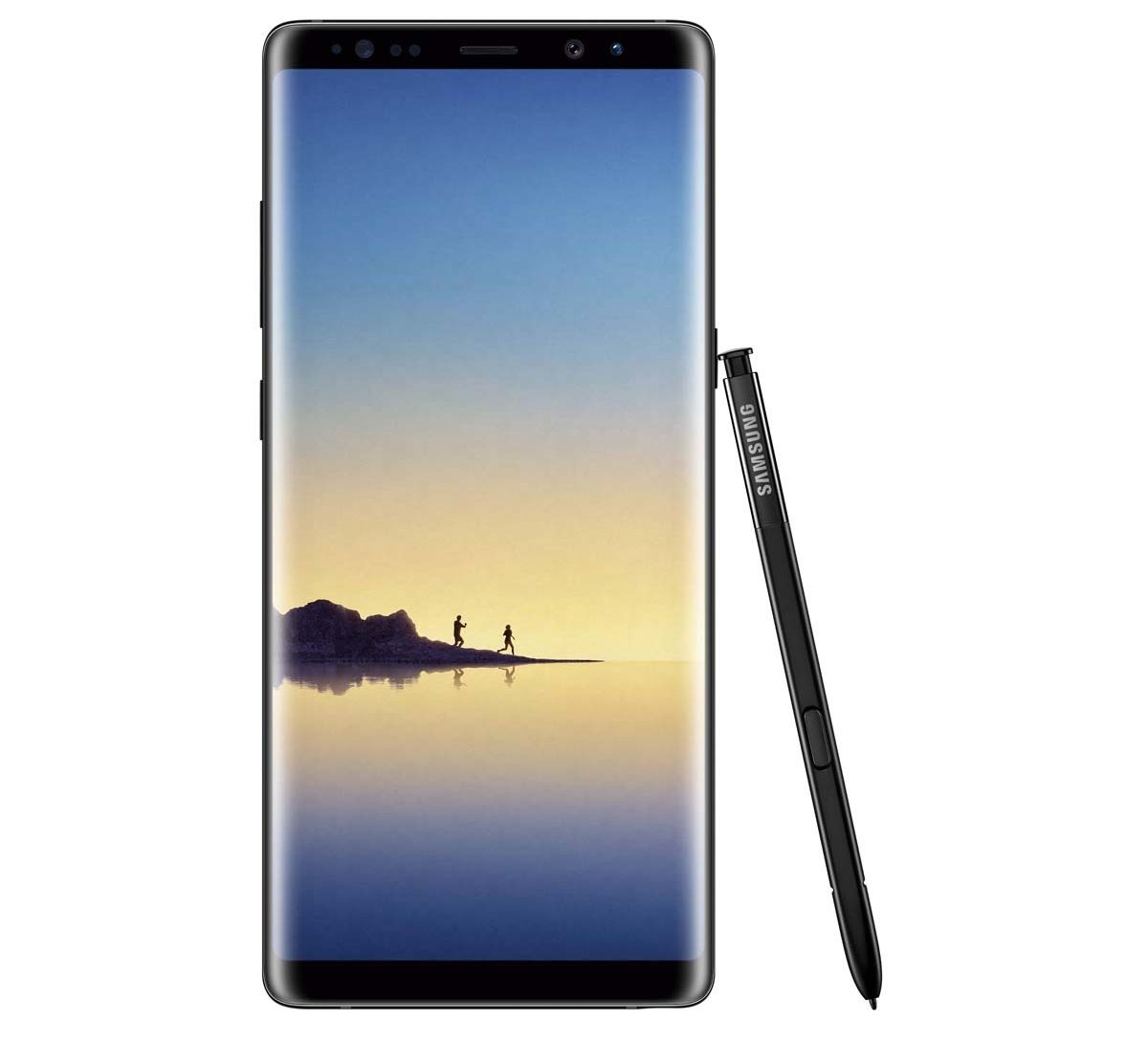
Apple iPhone X
With its iPhone X, Apple offers a very good dual camera: one of them has a 28 mm focal length, 12 MP and an F1.8 aperture; the other has a 52 mm focal length, 12 MP and an F2.4 aperture. This configuration is similar to the Note 8’s, with a remarkable portrait mode and very attractive lighting and post-processing effects. Again, just like with the Note 8, it lacks well-rounded manual controls. In some cases, it is not easy to know if we are using the second camera with zoom or the main one, which in turn makes the image quality vary a lot.
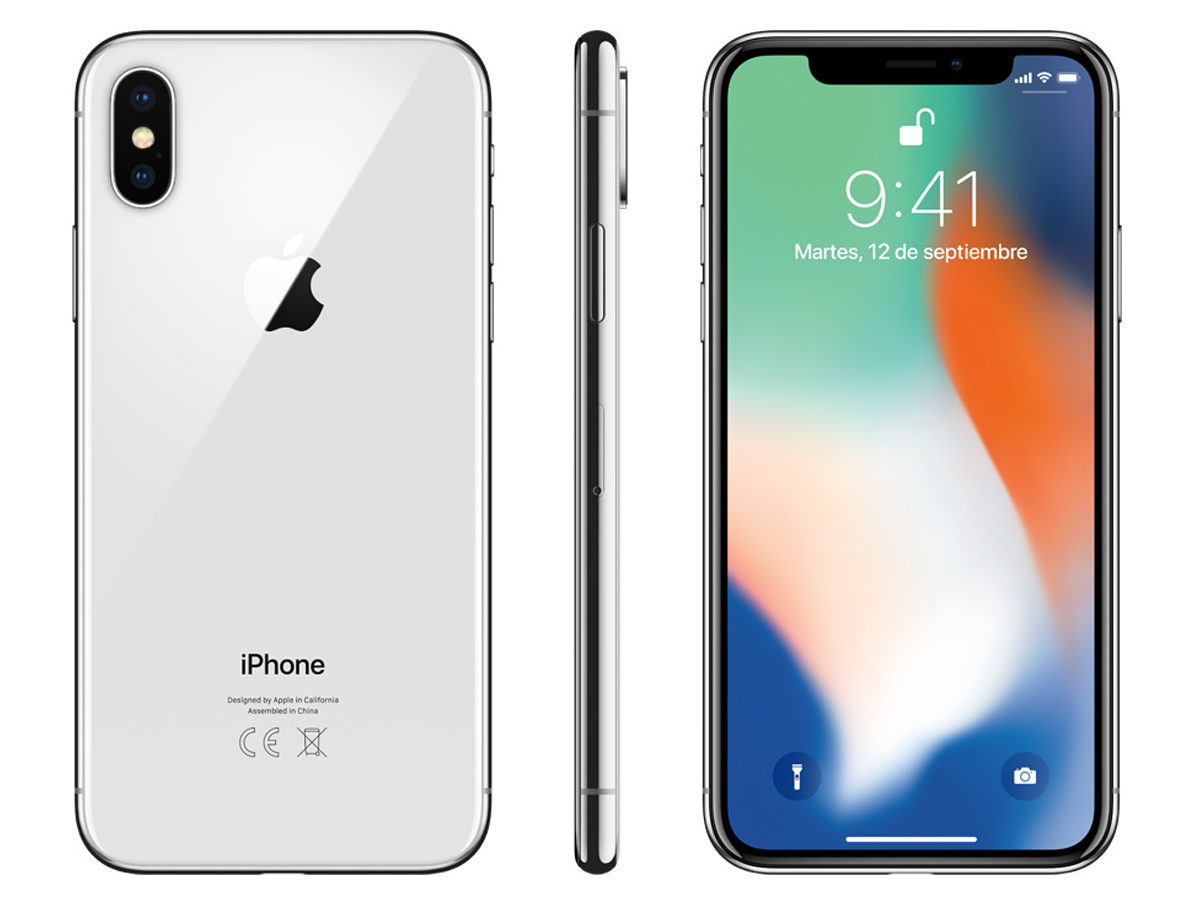
LG V30
The LG V30 is one of the last phones launched in 2017, although it is one of the best-rounded devices in terms of its camera’s capabilities. It has a dual camera: one of them has a 29 mm focal length, 16 MP and a very bright F1.6 aperture, whereas the other is a wide-angle camera with a 14 mm focal length (120-degree field of view) and an F1.6 aperture with a crystal clear glass lens. The manual mode is well-rounded for both photos and video. It has great video capabilities designed to record videos almost at a professional quality.
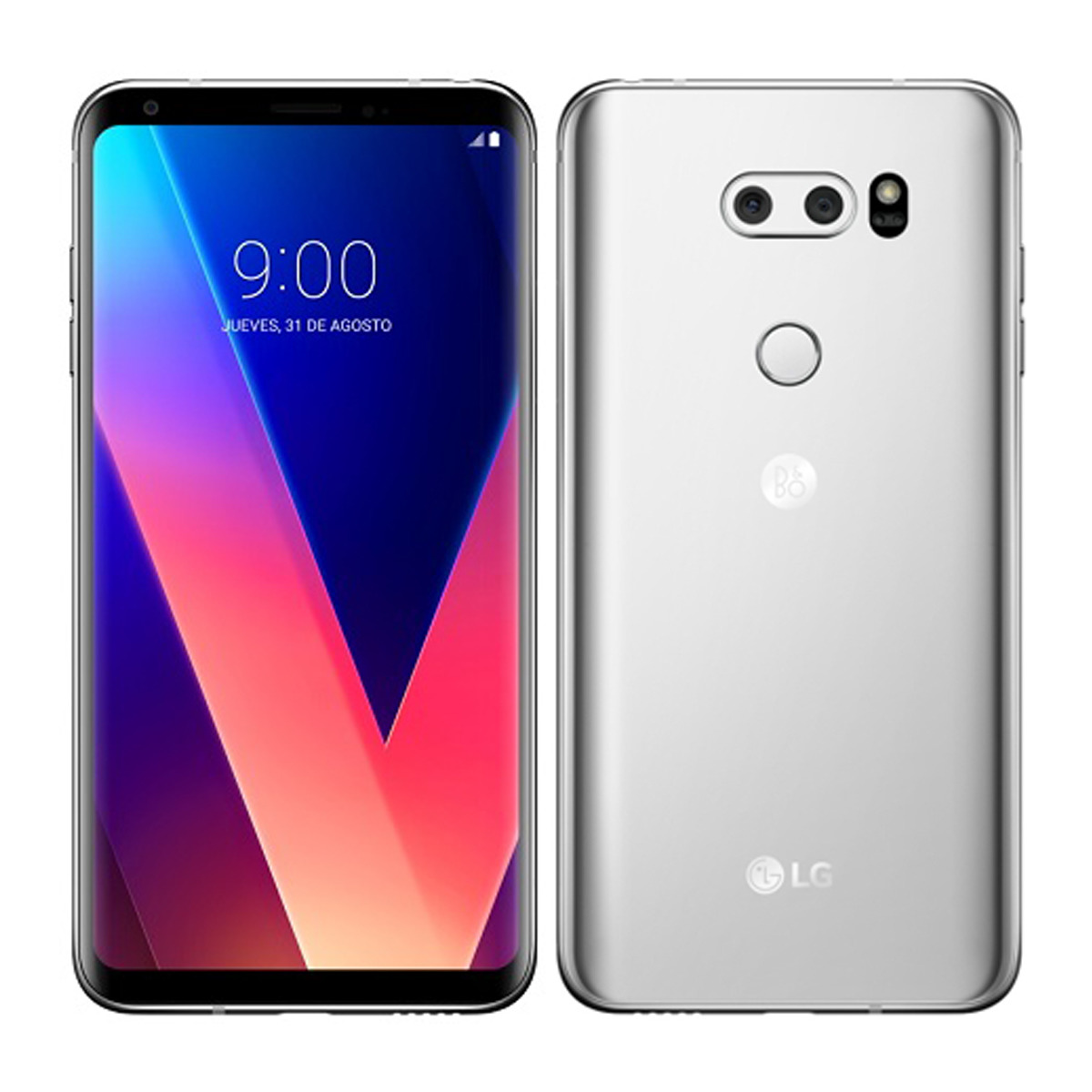
Huawei Mate 10
The Huawei Mate 10 is a phone that combines the phablet design with excellent photo capabilities, even better than those of the P10 Plus. It has a 12 MP RGB sensor with an F1.6 aperture and a 20 MP monochrome sensor with a 27 mm focal length in both cases. The camera has great manual modes, although not as well-rounded as the V30’s. This phone’s focus is image quality thanks to the information it receives from the two sensors and the aesthetics provided by the 20 MP Leica monochrome lens.
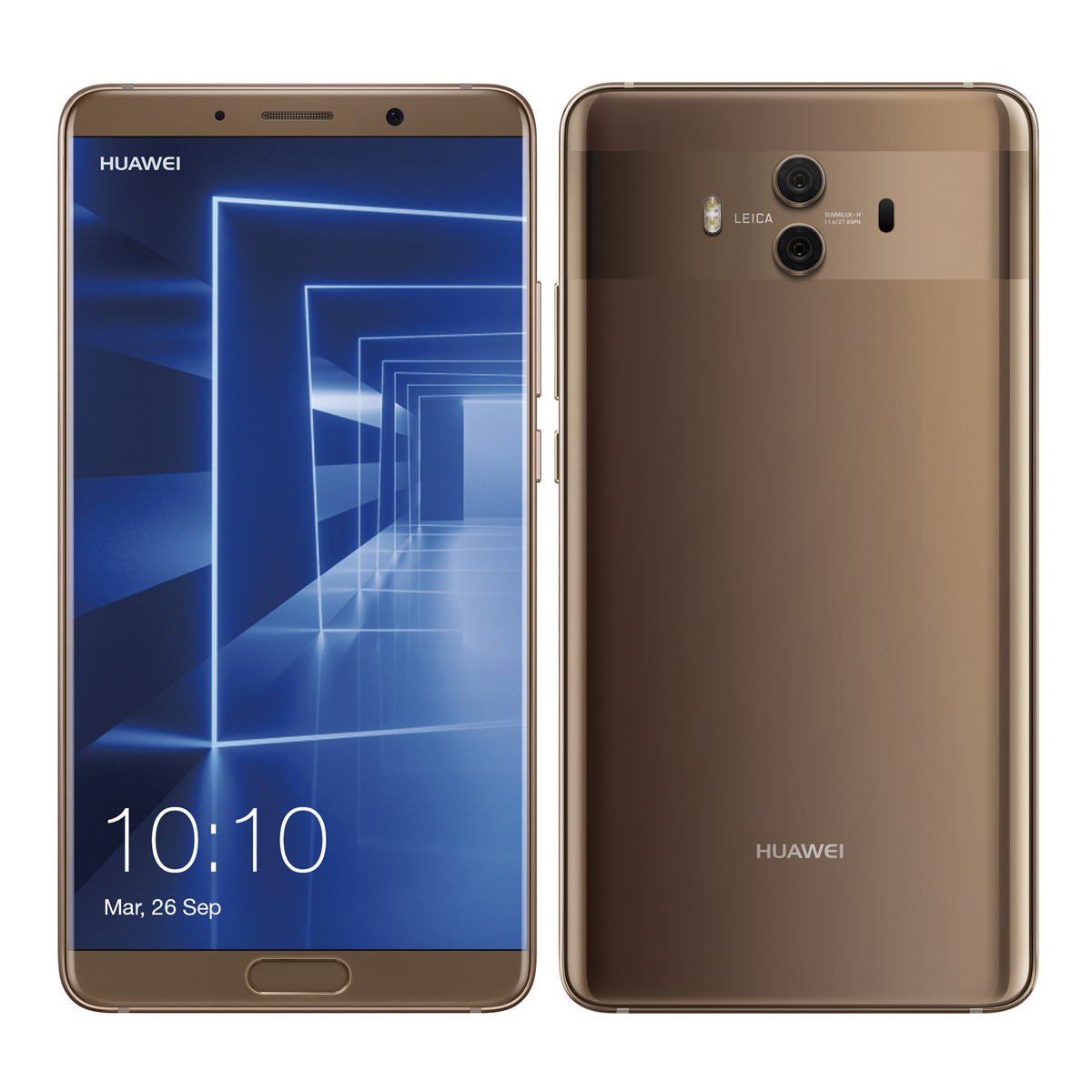
Honor 9
If the camera featured on Huawei phones seems interesting, the Honor 9 model inherits it at a more affordable price. It still has the dual camera, this time with an F2.2 aperture for both the 12 MP RGB sensor and the 20 MP monochrome sensor. Most of the camera’s features are the same found on models like the Mate 10, but it is aimed at an audience that cannot afford spending a lot of money.
The front camera has an 8 MP sensor that has a lot of different modes, just like the Mate 10.
Nokia 8
The Nokia 8 has not made a significant impact, but its camera is remarkable thanks to the Zeiss optics gotten from the partnership that Nokia once had with this renowned manufacturer of lenses and photo-related hardware. The phone has a 13 MP dual camera, one of them being monochrome with an F2.0 aperture and good video recording capabilities during which audio recordings also stand out in a special way.
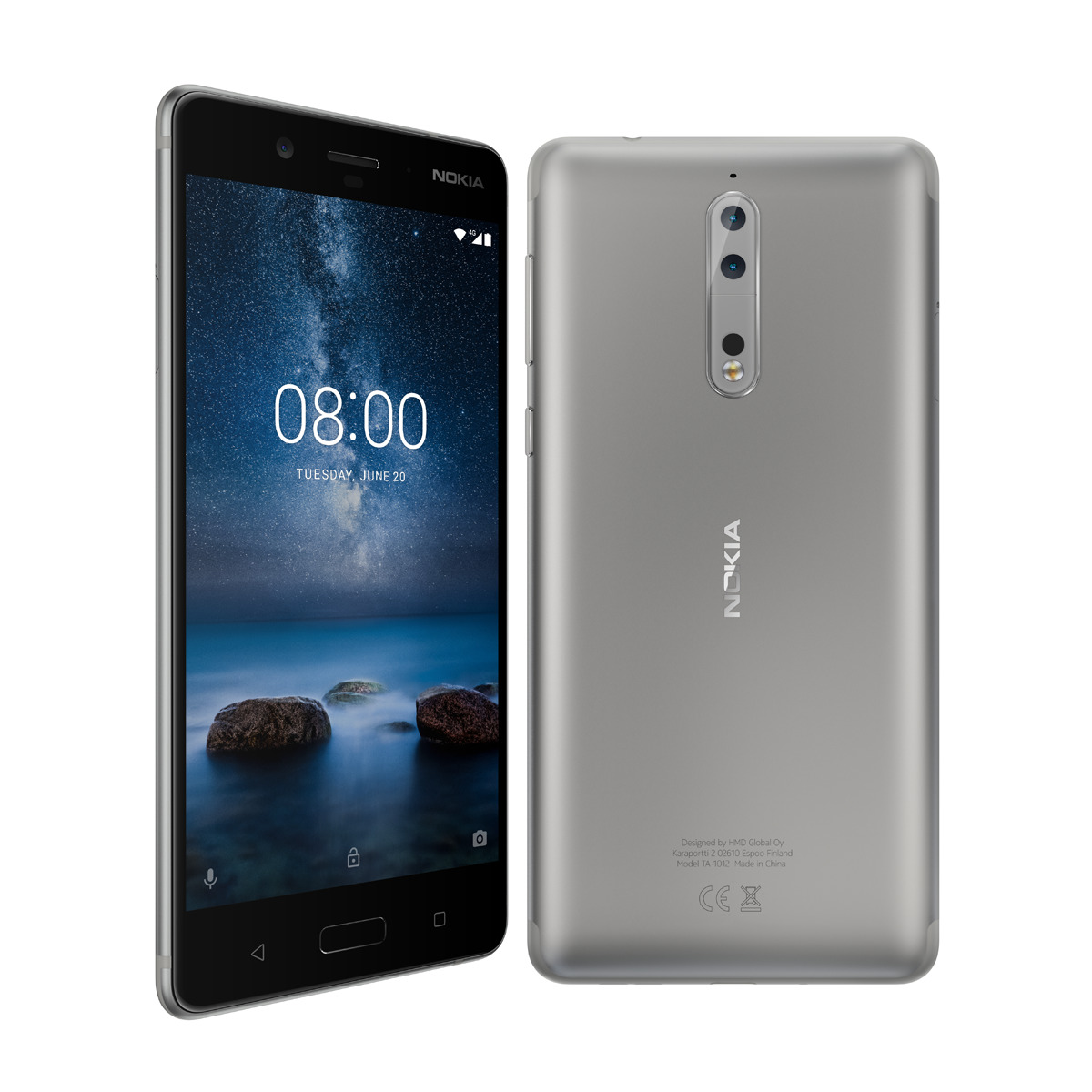
ZTE Axon 7 Mini
The Axon 7 Mini is already a veteran, but it keeps an excellent quality/price ratio and good photo capabilities, although it only has a single camera. The 16 MP sensor and the F1.9 aperture are optimal to use the camera under normal lighting conditions. There are also manual modes that allow us to take advantage of more complex lighting situations. This is a sturdy phone that can be easily managed and has a good screen and photo capabilities that are perfect for every kind of user who do not see the dual camera as a priority.
The 8 MP front camera is good and has a F2.2 aperture. The phone’s older sibling, the Axon 7, was even better in terms of the quality/features/price ratio, but it is hard to find at this point.
Looking for the best choice
Remember that these are just some of the options out there. These phones’ cameras do a good job in their respective category, and each one has its strengths and weaknesses. Perhaps due to being the latest one, the LG V30’s wide-angle lens allows us to take stunning photos, and it manages to combine its capabilities to take photos and videos with an excellent creative potential, good sound, good design, balanced technologies and a dual camera that is virtually unique on the market, leaving ASUS aside.
Not everything is perfect: if you are looking for the portrait mode, the LG V30 does not have it. If you want photos with maximum sharpness, the Huawei Mate 10 with its 20 MP monochrome sensor hardly has any rival, although this means that the color will suffer. With the Xperia XZ Premium, Sony can capture videos at 1,000 fps, but it lacks the dual camera. There are a lot of things to take into account.
